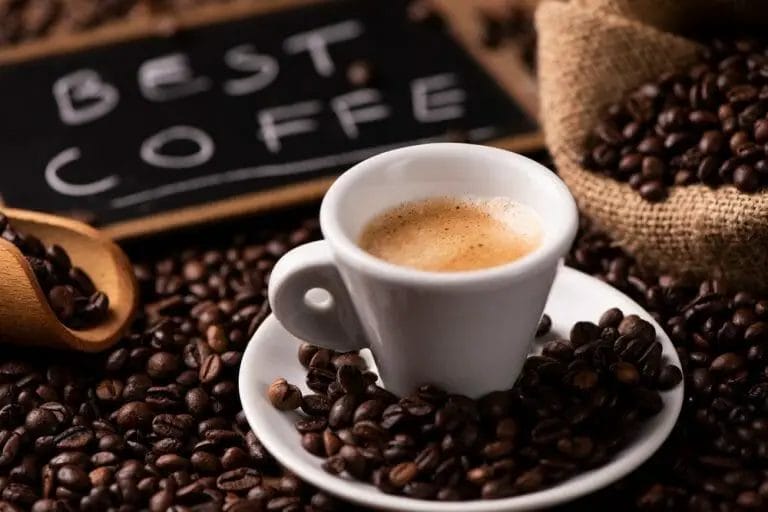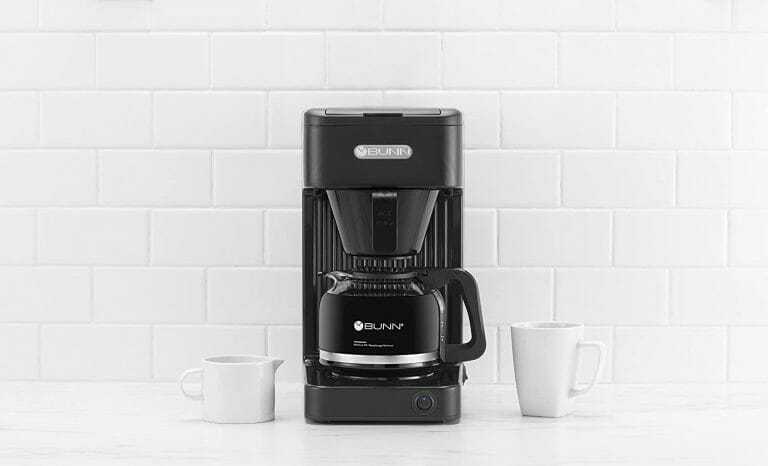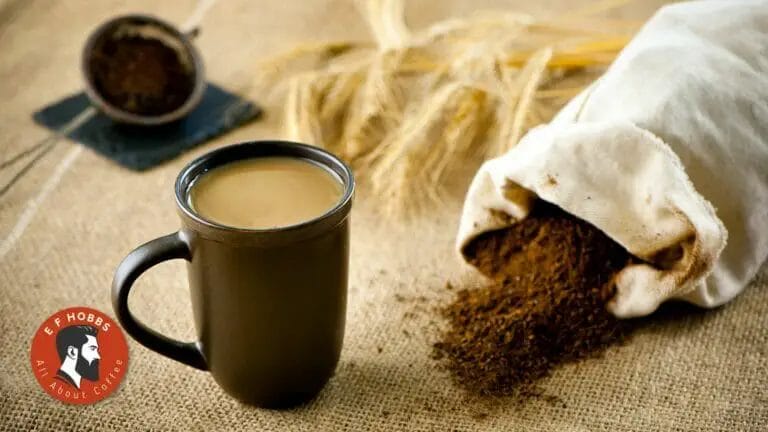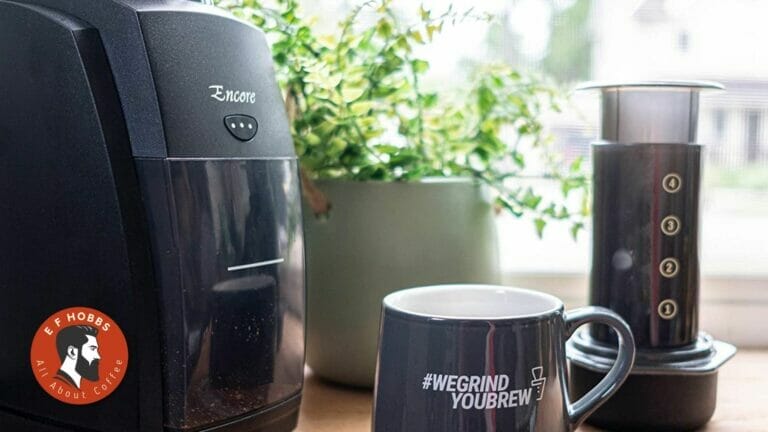What Makes Coffee Taste Smooth
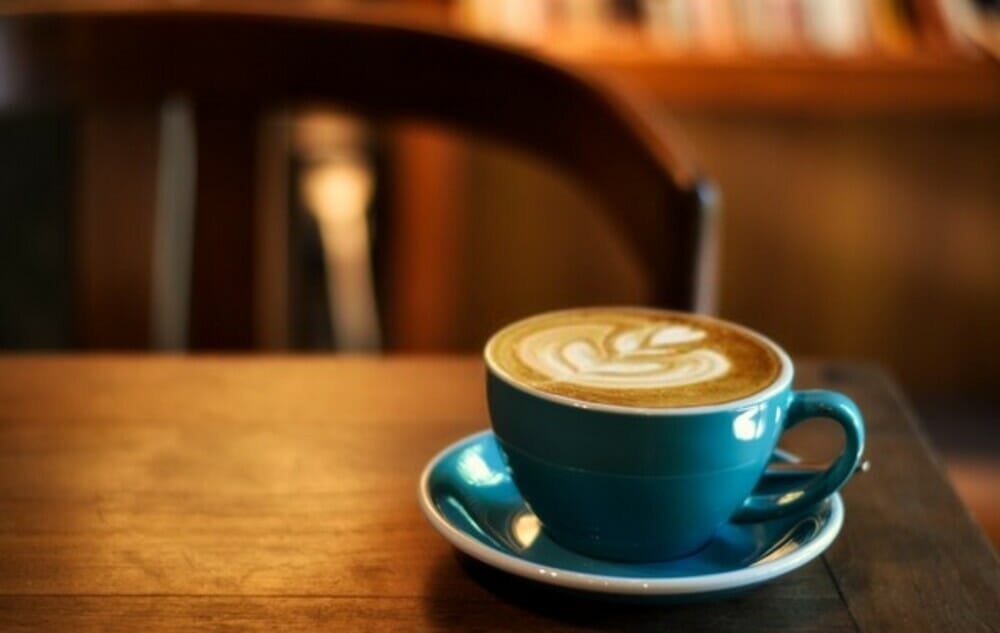
A fulfilling cup of coffee is what all of us want to make? Right?
A smooth, flavourful, hot cup with nice aroma and balanced flavour.
But, What Makes Coffee Taste Smooth?
There are many factors that contribute to the taste and consistency of your favorite coffee. Let’s break down some of these key components to help you understand What is the smoothest tasting coffee? What does smooth mean in coffee?
What Makes Coffee Taste Smooth?: What does smooth mean in coffee?

Here’s What does smooth mean in coffee? When I talk about smooth coffee, I am referring to a balanced cup of coffee.
One in which all the components and the brewing process are working together to produce a bold flavor with notes of sweetness, without any overly bitterness or sourness.
What Makes Coffee Taste Smooth? Smooth coffee is a carefully balanced, delicious cup of java. one in which the inherent sweetness of a coffee comes out nicely. The other components of the coffee should help to balance any bitterness or sourness that might be present.
This is not an easy task, as each component of the equation can make or break this balance. That is why testing and experimenting with your coffee is so critical.
By understanding the components of smooth coffee, and how they work together, you can produce a cup of coffee that you can truly be proud of!
Why Does Coffee Taste Smooth?
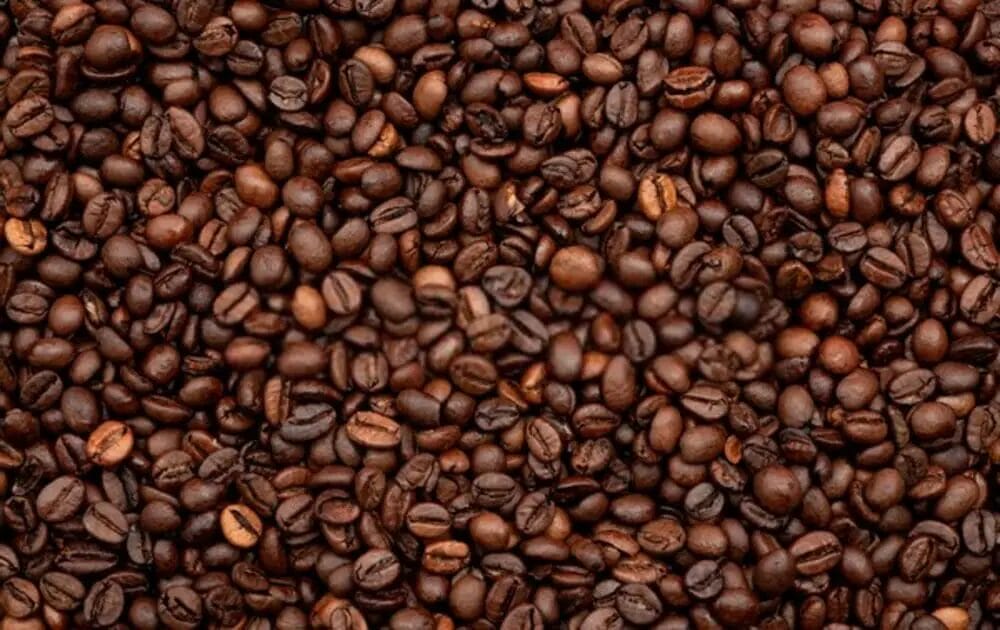
Coffee tastes smooth because of the blend of its components. The beans, the grinding, roasting, the water and brewing all play a part in creating that perfect cup.
What does smooth mean in coffee: It’s a mix of many factors, and even the smallest things mean a big difference.
Factors What Makes Coffee Taste Smooth are:
- Size
- Freshness
- Age
- Roast
- Water Temperature and Time
- The Bloom
- Grind
- Water
1. Size:
The size of the grinds you use can have a huge impact on the texture. For example, if you were to use grinds that are too big (such as French Press grinds), the water passing through will be more turbulent than water running through smaller grinds (such as pour over grinds).
The turbulence will cause some of the coffee to channel through a fine sieve, and can produce an unpleasant mouthfeel
The best coffee comes from freshly roasted beans, and is free from over-roasted beans. These darker roasts have a crisp, oily flavor that can easily be overwritten by acids or harsh chemicals.
2. Freshness:
The fresher your beans and ground coffee, the more enjoyable they will be. However, even fresh roasted coffee has a time window. After roasting, the quality starts decreasing quickly.
If you are using beans that are over 6 months old, you shouldn’t expect much in terms of quality. Such is true in both home brewed and commercial products (especially by well-known brands).
It also gives you more control over how much milk and sugar you put in your cup.
3. Age:
Most people assume that only old coffee tastes bad, but it’s more about the quality of the bean. The roasted bean is the very essence of your coffee, and if it has gone bad, chances are that it is probably worthless.
Note: Age doesn’t necessarily mean a year or two, but usually it’s around 6 months after roasting.
4. Roast:
How the coffee is roasted has a huge impact on the taste. You might have heard that fresh roasted coffee is the best, but it’s actually that bright, fruity, toasted flavor that you get from a new roast which is best. The longer a roast sits, the more acidic and bitter it becomes.
The lighter the roast your coffee is, the more caffeine it will have. But it will lack in taste. Most coffee drinkers prefer medium roast as it provides a nice balance between flavor and caffeine.
5. Water Temperature And Time:
This factor plays a crucial role in maintaining the correct temperature throughout the brewing process.
Coffee will perform at its best when brewed at water temperatures between 195-205 degrees Fahrenheit. It is recommended to brew the coffee as close as possible to this range, allowing for room for error.
Moreover, the water temperature has significant influence on the post-brew coffee taste. Lowering the water temperature too much can adversely affect the taste of your coffee.
It is recommended to brew your coffee at a lower temperature (around 200F) rather than higher temperatures (above 205F).
6. The Bloom And Time:
The bloom is a unique part of the coffee brewing process. It refers to the practice of agitating the water in your brew right after you have added your ground coffee to it.
After you grind your beans, agitate the water with around 5-10 slow revolutions in order to bring out a particular coffee property: CO2. What you’re doing is essentially “waking up” the coffee.
The bloom occurs when coffee reaches its peak aroma and flavor intensity. At this point, it still has residual sugar, which is why it’s important to brew as close to the optimum time as possible.
Note: If you have ever wondered what that amazing coffee smell is in your kitchen when you are preparing your coffee, then it is the bloom.
7. Grind:
The grind can directly affect the taste of your coffee, depending on how fine or coarse your grounds are.
Grind is also dependent on the brewing method and equipment. If you are using a paper filter, then you have to use coarser grinds. If you are using a pour-over, then you need finer grinds.
For espresso, it is recommended to use a very fine grind as it will produce more foam and crema.
When grinding it is recommended to use a medium-fine grind as it allows for maximum extraction.
A grind that’s too coarse will give you an underdeveloped taste and leaves much of the bean behind.
Therefore, it’s a good idea to finely grind the beans for optimal flavor and taste. To get the most out of your coffee, grind it appropriately. The coarse setting is the perfect choice for most home espresso machines.
8. Water:
In order to truly achieve that glorious cup of smooth coffee, the quality of your water is important.
There are a variety of types of water issues that can affect the taste of your coffee, such as hardness, mineral content and acidity.
When you choose water for brewing coffee, you want to get water that is as pure as possible. Read about our Best Water for Coffee Guide for more information & find What is the smoothest tasting coffee?.
What is the smoothest tasting coffee?
The answer for What is the smoothest tasting coffee the one that you enjoy drinking or makes it easy for you to drink without adding any sugar or cream.
It should also be easy on your wallet. While some argue that lattes are the smoothest, most people agree that straight black coffees are the smoothest and most flavorful as they contain no hidden fats, sugars, or dairy products.
There are different opinions on which roast produces a smoother result than others but in general dark roasts work better in this regard.
Final Words
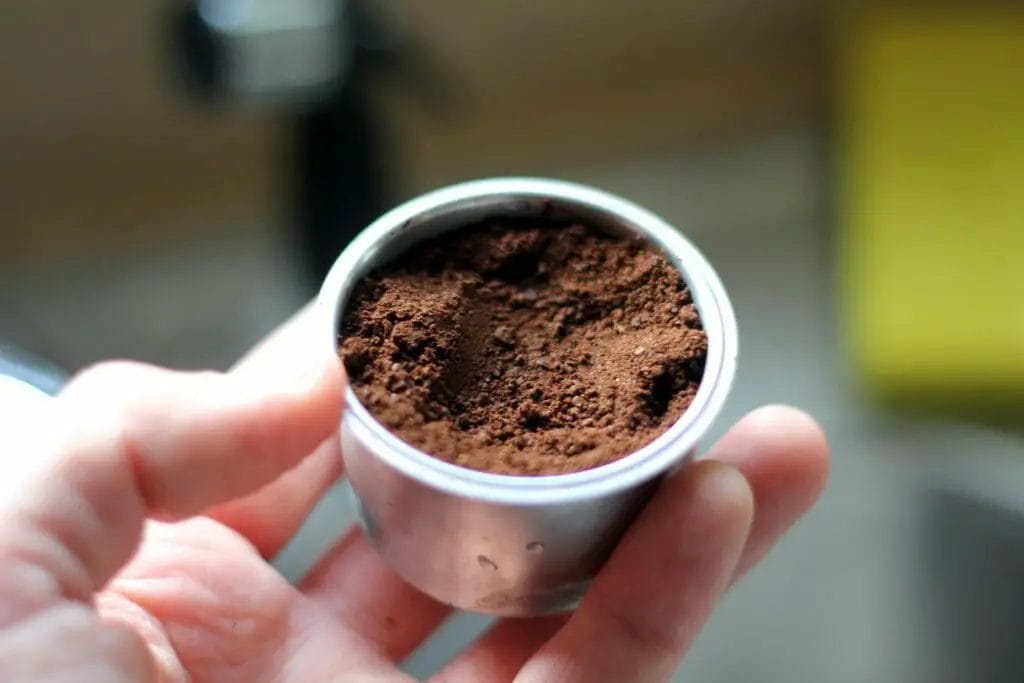
In conclusion, What is the smoothest tasting coffee? Smooth coffee might take a little extra time and effort, but the results are worth it.
You don’t have to be a professional barista in order to achieve an amazing flavor. Keep in mind that What does smooth mean in coffee, and you may even get better at making that perfect cup of coffee.
That’s all about What Makes Coffee Taste Smooth?. I hope you enjoyed this post.

